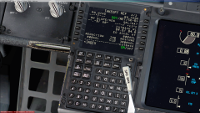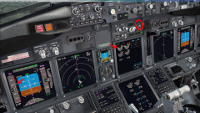What is the phenomenon on a commercial airliner (say, a 737-800) where shortly after takeoff and before we reach 10,000 feet the engines feel like they slow down dramatically or even power off momentarily, then spin back up?
This happens fairly frequently when I'm flying and, although I'm used to it, it still takes me by surprise every time!








